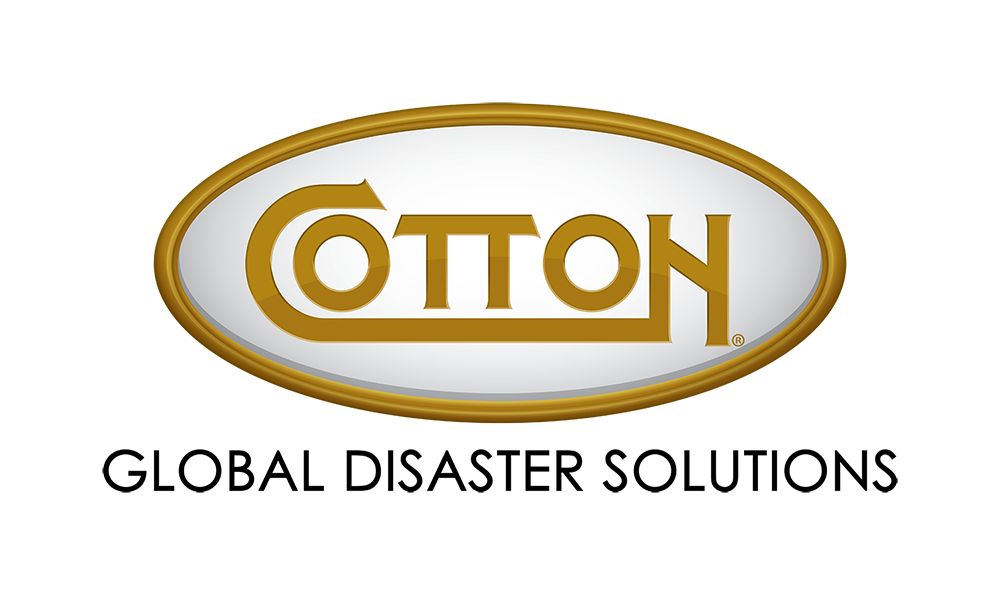Spring is a season of renewal, bringing warmer weather and vibrant greenery. However, it is also the most unpredictable time of year, often delivering volatile conditions such as heavy rain, snowstorms, flooding, tornadoes and sudden temperature shifts. These weather changes can pose risks to commercial buildings, making spring storm preparation essential for protecting your property.
Taking proactive steps like thoroughly inspecting your building — from the roof to the ground — scheduling HVAC cleaning or having an emergency preparedness plan, you can help prevent costly repairs and ensure a swift recovery even if disaster strikes.
To help you get started, here’s a comprehensive checklist for preparing your commercial building for spring weather:

